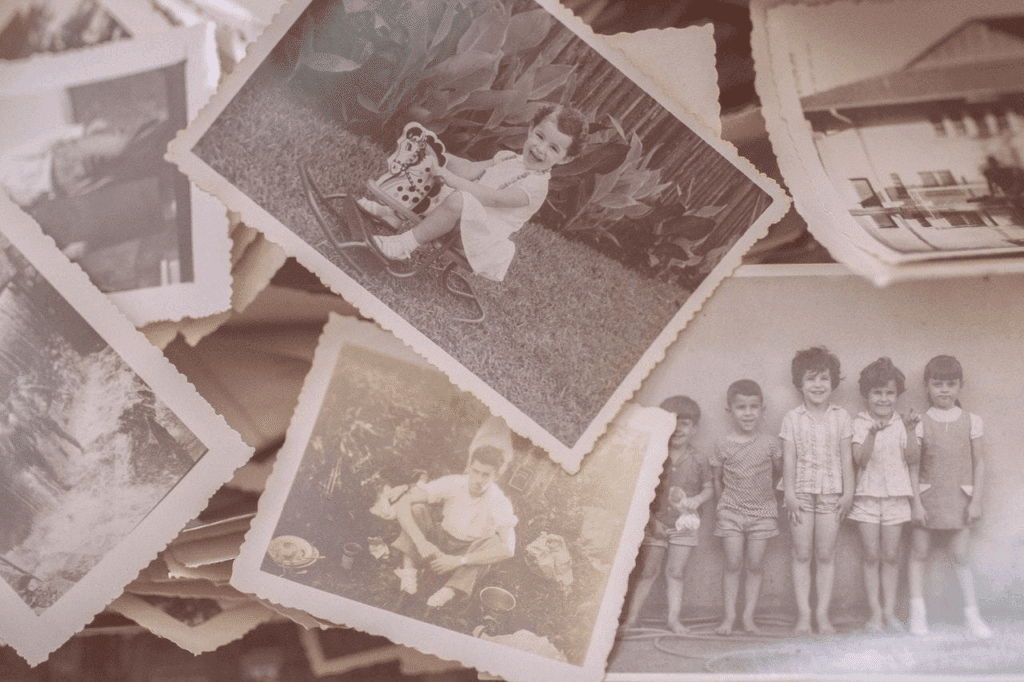Ads
Have you ever imagined transforming your photos into fascinating animated works of art? With Avatarify, it's possible.
This revolutionary tool uses artificial intelligence to bring your still images to life, turning them into dynamic, expressive portraits that capture anyone's attention.
Whether you're trying to wow your friends, enhance your creative projects, or simply explore the possibilities of animation, Avatarify opens up a world of possibilities.
In this post, we'll explore how Avatarify works, its key features, and how you can get the most out of it.
Ads
We'll also discuss its impact on digital content creation and how this technology is transforming the way we interact with our photos.
See also:
- Your Passport to Numismatics
- Explore your Last Name
- Instantly discover your unfollows
- Revitalize your Vitality
- Easy and fast guitar
Discover how you can take your images to the next level with a tool that combines creativity, innovation, and the magic of artificial intelligence.
Ads
How Avatarify Transforms Ordinary Photos into Animated Works of Art
The concept behind Avatarify
Avatarify is a revolutionary artificial intelligence tool that transforms ordinary photographs into stunningly realistic animations. It uses advanced neural network techniques, specifically deep learning models like Generative Adversarial Networks (GANs), to superimpose human movements and facial expressions onto static images. This is achieved by implementing motion transfer algorithms, where patterns from a source video are applied to a target photograph.
The key to this technology lies in its ability to understand key points of a face, such as the eyes, nose, lips, and jaw. These points are mapped and adjusted in real time to match the motion of the input video, resulting in a smooth and natural animation. Furthermore, Avatarify offers an accessible experience even for non-technical users, thanks to its intuitive interface and compatibility with popular platforms such as Zoom, Skype, and Google Meet.
Main technical characteristics
Avatarify isn't just a basic editing app; it's a complex combination of technologies that work together to deliver stunning results. Some of its key technical features include:
Related publications:
| Feature | Description |
| Motion Transfer Algorithms | They allow human facial expressions to be superimposed on static images. |
| Cross-platform compatibility | Works with popular video calling tools and common operating systems. |
| Real-Time Processing | Offers instant animations, ideal for live presentations. |
| User-Friendly Interface | Designed for users without advanced technical experience. |
| Personalization | Allows you to adjust details such as expression intensity and lip sync. |
How to Use Avatarify to Bring Your Images to Life
Initial setup
Getting started with Avatarify is a simple process, but it requires following a few basic steps to ensure optimal performance. First, you must download the app from its official website or authorized platforms. Make sure you have a compatible operating system and sufficient processing power on your device.
Once installed, open the app and select the "Upload Image" option. Here you can upload a photo from your gallery or take a new one directly. It's recommended to use high-resolution images with good lighting, as this improves the accuracy of the generated animations.
Integration with video calling platforms
Avatarify is especially popular for its integration with video calling tools, allowing users to interact with others using their animated avatar. To set up this feature, select Avatarify as your virtual camera in apps like Zoom or Skype. The software will emulate an additional camera, making it easy to select within these platforms.
During a video call, you can activate the animated avatar in real time. Thanks to Avatarify's live processing, the user's facial movements are translated into the avatar, creating a unique and immersive experience.
The Power of AI Behind Avatarify
Neural Network Architecture
The technology that powers Avatarify is based on convolutional neural network (CNN) and generative adversarial network (GAN) models. These architectures allow the software to “learn” facial patterns and movements from large datasets. GANs, in particular, are key, as they consist of two competing networks: a generative network that creates the animations and a discriminative network that evaluates their realism.
This approach ensures that the animations are not only visually appealing but also consistent with the facial features of the original image. Furthermore, Avatarify uses transfer learning techniques to improve the quality of the animations without requiring excessive computational resources.
Optimization for personal devices
Despite the complexity of its algorithms, Avatarify is designed to run on personal computers and mobile devices. This is achieved by optimizing the code to take advantage of graphics processing units (GPUs) and CPU cores. As a result, even users with mid-range hardware can enjoy high-quality animations.
Use Cases: Beyond Fun
Creative and artistic applications
One of the main reasons Avatarify has gained popularity is its creative potential. Artists and designers use it to transform photographs into animated works of art, exploring new forms of visual expression. It's also a valuable tool for creating multimedia content, such as promotional videos, advertisements, and custom animations.
Use in presentations and education
Beyond the creative realm, Avatarify also has practical applications in educational and professional settings. For example, teachers can use animated avatars to capture their students' attention during virtual classes. Similarly, professionals can use it to add a touch of innovation to their online presentations and meetings.
Technical Challenges and Future of Avatarify
Current limitations
Despite its impressive capabilities, Avatarify faces some technical challenges. For example, the accuracy of animations depends heavily on the quality of the original image and video source. Low-resolution or poorly lit images can result in less realistic animations.
Another challenge is the need for powerful hardware to process animations in real time. Although Avatarify is optimized for personal devices, users with older computers may experience delays or decreased animation quality.
Expected advances in technology
The future of Avatarify is bright, especially with the rapid advancement of artificial intelligence and deep learning. Future versions are expected to include improvements in facial mapping accuracy, as well as greater compatibility with low-end devices. Additionally, the implementation of new features, such as advanced avatar customization and integration with social media platforms, could further expand its reach.

Conclusion
In conclusion, Avatarify is positioned as a revolutionary tool that combines artificial intelligence with creativity, allowing ordinary images to be transformed into fascinating animated works of art. Its ability to map facial expressions in real time and generate fluid animations makes it a versatile resource for both professionals and amateurs. Furthermore, its ease of use and compatibility with popular video calling platforms make it accessible to a wide audience, from content creators to educators and professionals looking for innovative ways to communicate.
The technology behind Avatarify, based on advanced neural networks like GANs, stands out not only for its technical complexity but also for its potential to revolutionize the way we interact with images and videos. Although it faces challenges such as hardware dependency and image quality, constant advances in artificial intelligence promise to overcome these limitations, providing an even more immersive and personalized experience in the future.
If you're looking to explore new creative possibilities, improve the quality of your presentations, or simply have fun with your friends during video calls, Avatarify is the perfect tool. Discover the power of bringing your photos to life and turning them into unique animations with this incredible app!
Download the applications here:





